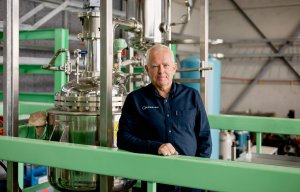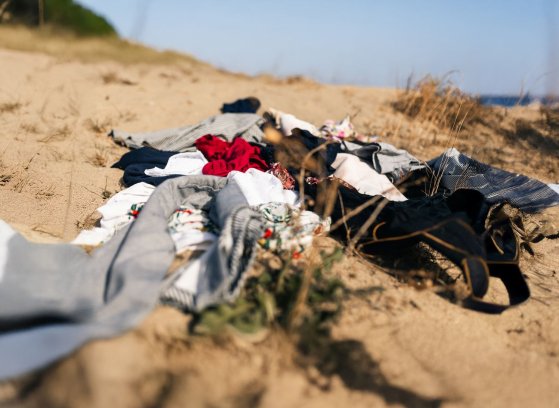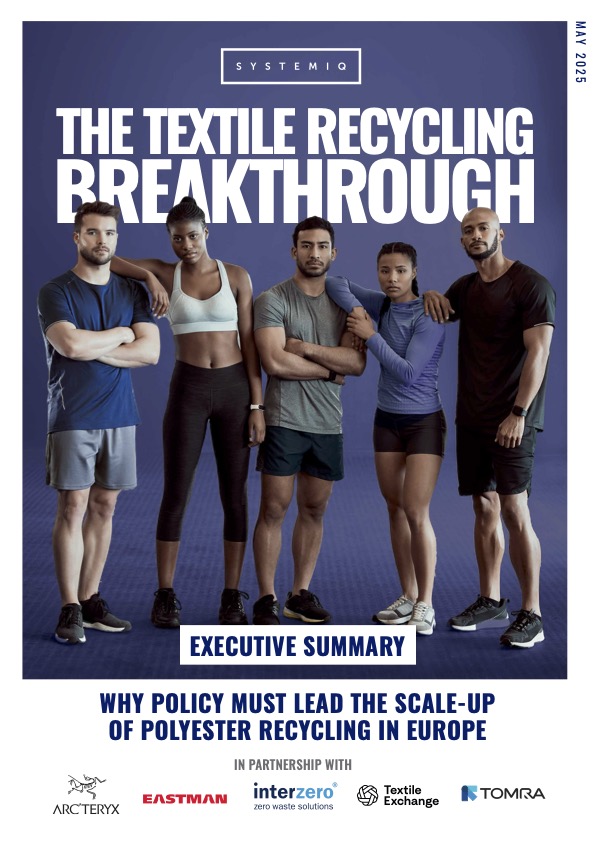
Samsara Eco opens first plant
Study shows policy can unlock circular polyester system by 2035.

22nd May 2025
Knitting Industry
|
London
A major new study by sustainability consultancy SystemIQ reveals that Europe could increase textile-to-textile polyester recycling nearly tenfold by 2035, provided that the right mix of policy intervention, industry commitment and investment is put in place.
Released today, the report The Textile Recycling Breakthrough identifies ten essential levers for scaling depolymerisation technologies, a form of chemical recycling that can handle complex post-consumer polyester waste. The report makes a strong case for aligning Extended Producer Responsibility (EPR) schemes and the upcoming Ecodesign for Sustainable Products Regulation (ESPR) with long-term brand offtake agreements and investments in infrastructure.
“Europe can drive and achieve a textile recycling breakthrough. But without leadership from policymakers, the system will remain stuck in pilot mode,” said Sophie Herrmann, Partner at Systemiq. “The technology is ready. What we need now is the right enabling conditions to bring it to scale.”
Currently, textile recycling remains nascent. Less than 1% of fibres used globally come from recycled textile waste, with most used clothing either landfilled, incinerated, or exported. At the same time, Europe’s waste collection and sorting systems are under significant financial strain.
Depolymerisation offers a solution by breaking down polyester garments into virgin-equivalent monomers, suitable for creating new textiles. However, producing recycled polyester through this method remains roughly 2.6 times more expensive than sourcing virgin polyester from Asia due to high capital costs, limited brand demand, and underdeveloped feedstock infrastructure.
The report proposes a €250–330 per tonne EPR fee to bridge more than half the current cost gap, with a modest 5% brand-level green premium to cover the rest. It suggests that by activating all ten identified levers - including better feedstock access, demand-side incentives, and reduced production costs - Europe could scale depolymerisation from 30,000 tonnes annually to 300,000 tonnes by 2035.
Eric Dehouck, Managing Director at Eastman Circular Solutions France, welcomed the study’s findings: “Depolymerisation is ready to play a central role in circular textiles. What’s needed is a demanding policy framework and committed industry partnerships.”

Brands such as Arc’teryx and Interzero, who co-funded the report alongside Eastman, Textile Exchange and Tomra, also voiced strong support. “We believe that great design must extend beyond products to the systems they are part of,” said Kyle Wood, Senior Director of Strategy at Arc’teryx. “This study charts a clear path for the shift towards regenerative textile systems in Europe.”
With coordinated action, the report estimates that Europe’s textile recycling sector could generate €5.5 billion in annual value and create 28,000 new jobs by 2040.
The full report is available at: www.systemiq.earth/textile-recycling

Business intelligence for the fibre, textiles and apparel industries: technologies, innovations, markets, investments, trade policy, sourcing, strategy...
Find out more